Meet the carpenters behind London’s new art Mecca
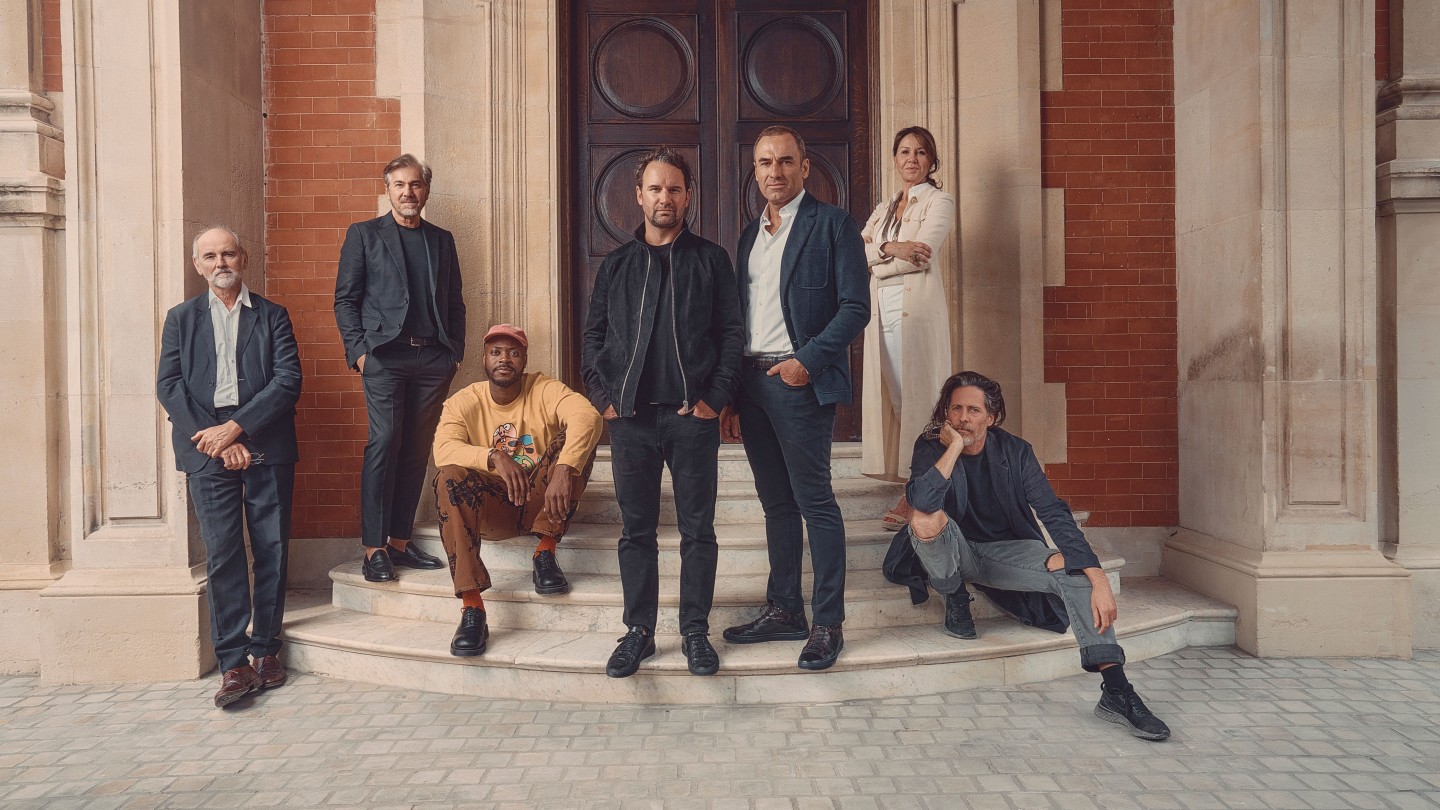
Roula Khalaf, Editor of the FT, selects her favourite stories in this weekly newsletter.
“It’s the perfect playground,” Carpenters Workshop Gallery’s Loïc Le Gaillard bellows over the clamour of hammer and drill. Hard hat in hand, he gestures towards the entrance of Ladbroke Hall, the 1903 Grade II-listed building in London’s Notting Hill that was originally home to the Sunbeam Talbot Motor Company. “We’re building a community for creatives and locals,” he continues. “Anyone who wants to stretch artistic expression will be welcome here.” This is Le Gaillard and co-founder Julien Lombrail’s magnum opus. The childhood friends bought the property four years ago and initiated building work that will transform it into their London flagship – a major new hub for the arts, which will open in spring 2023 at a cost of around £30mn.
But the pair have not taken this journey alone, having pulled together a band of artists and designers to help conceive their creative utopia. Ghanaian-British architect David Adjaye has been overseeing the metamorphosis on the gallery side of the building, while Italian architect and artist Vincenzo De Cotiis, along with French designer-artist Michèle Lamy, have taken care of its hospitality zone. Adjaye will debut new furniture in a solo show when Ladbroke Hall opens in the spring, while a second opening show – introducing a new department at the gallery and its expansion into vintage works – will also display pieces by the late Brazilian architect José Zanine Caldas.
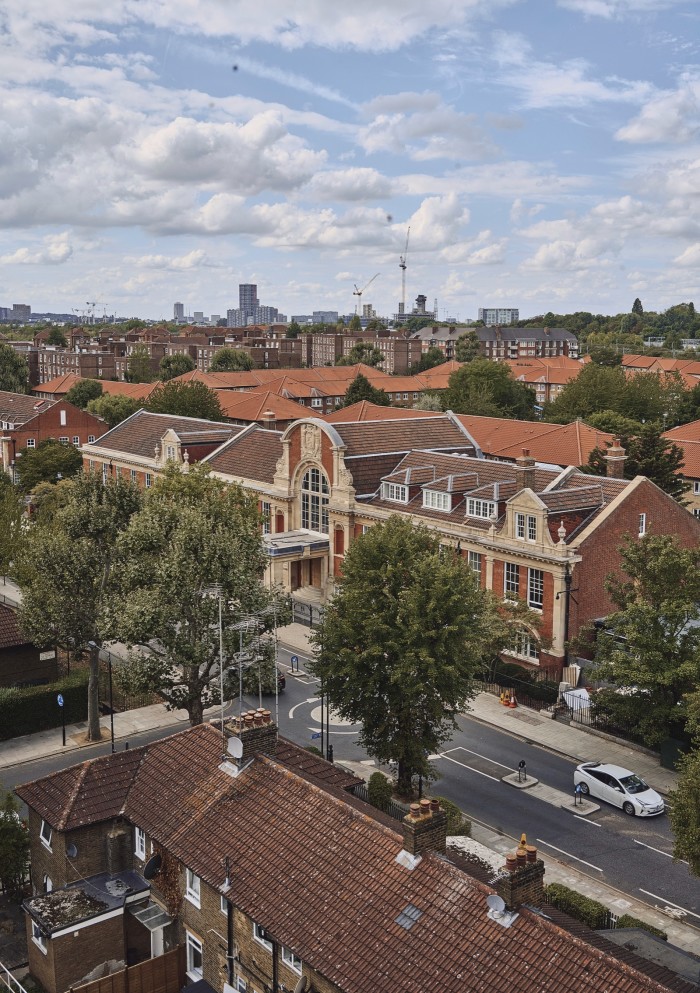
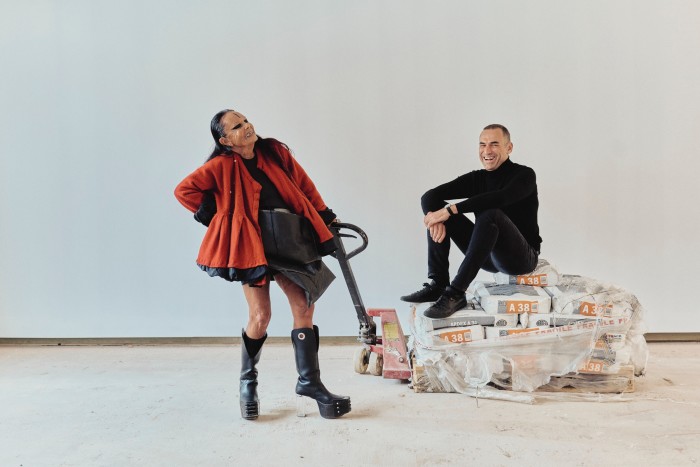
Adjaye, a key collaborator in the project, has also conceived what will become the crowning glory of the site: a contemporary extension that Le Gaillard calls his “crazy cathedral”, which, if all goes to plan, will be built by 2025. Adjaye’s squat, obelisk-like “design chapel” will filter shafts of light through a glass-lined ceiling into a monastic interior; it will be a place to contemplate – some might say worship – design.
“Ladbroke Hall is the space Julien and I always dreamed of creating way back in 2006 when we set up our little gallery in Chelsea,” Le Gaillard says, recalling their first space within an old carpenter’s workshop that created a platform for furniture and objets that blurred the lines between art and design. An outpost in Mayfair followed a year later, then two more in Paris and further galleries in both New York and LA. Ladbroke Hall will be their mega mecca. “It will not only be a place to see great art and design, but to dine on great food and listen to and record great music. We will dance the tango, listen to jazz and wander the landscaped gardens and roof terrace. It will be a place to meet interesting people and explore creativity in all its forms,” he says.
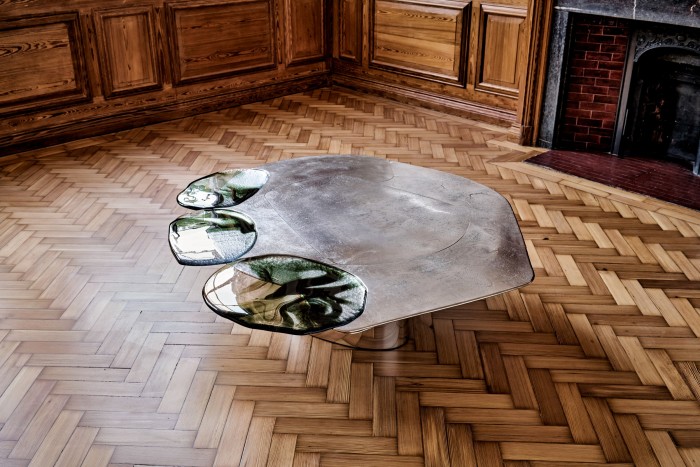
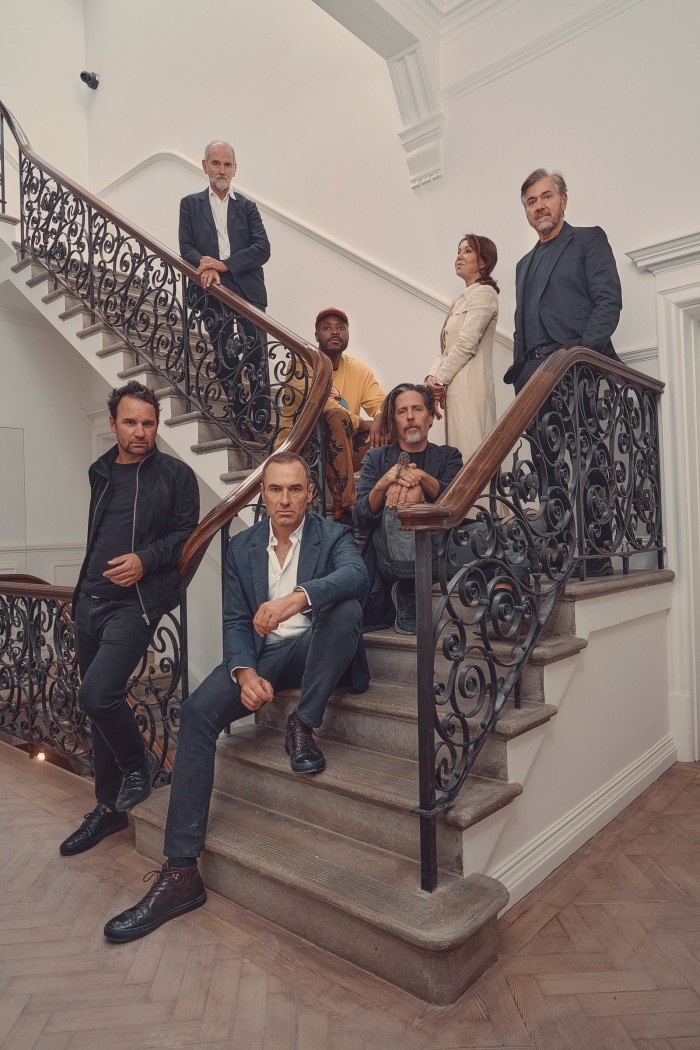
The gallery has a long track record in creative exploration and collaboration and much of the 43,000sq ft of Ladbroke Hall has been handed to artists and designers as a project. “We did a tour and they told us where they could feel the energy. We then let them go, nothing was allocated,” Le Gaillard says, as he hands me a hard hat and disappears into a side door.
Inside, we sidestep scaffolding and men pounding plasterboard before reaching the building’s original entrance, the magnificent original architecture preserved as it is transformed into a restaurant. Here, the cuisine will be conjured by chef Emanuele Pollini, the ambience by De Cotiis and the excitement by four enormous site-specific artworks by the ex-president of the Royal Academy of Arts Christopher Le Brun, who says the theme will riff on the classic repertoire of painting – colour, light and time. “It enabled me to develop on really big-scale themes and motifs from work recently exhibited in London and Shenzhen,” he says of the pieces. “This is painting without any agenda other than the deeper one of the pleasure, consolation and sense of possibility of art itself.” Le Gaillard is excited about Le Brun’s contribution, citing Rothko at the Four Seasons. “He came in here and just wanted to be part of what we are creating,” he says with a Gallic drawl.
The centrepiece of the 60-seat restaurant, a gigantic chandelier, is an expression of Nacho Carbonell’s tactile and textural approach to sculpture. “It will be a place that will enchant your senses,” he says.
That idea of engaging the senses comes to life as we step onto a mezzanine floor overlooking the performance room where the walls have been acoustically prepared for music, and the stage set for an array of gatherings, from supper clubs to workshops, film screenings, installations, theatre happenings and unplugged music events. “We want to change the way contemporary galleries operate – the model where you just come visit and then leave is outdated, it’s restrictive, and more often than not just transactional. We live in a time where we all need to invest way more in emotion,” Le Gaillard explains as we peer over an original iron balustrade into the white volume below. “We want people to engage and to spend time here.”
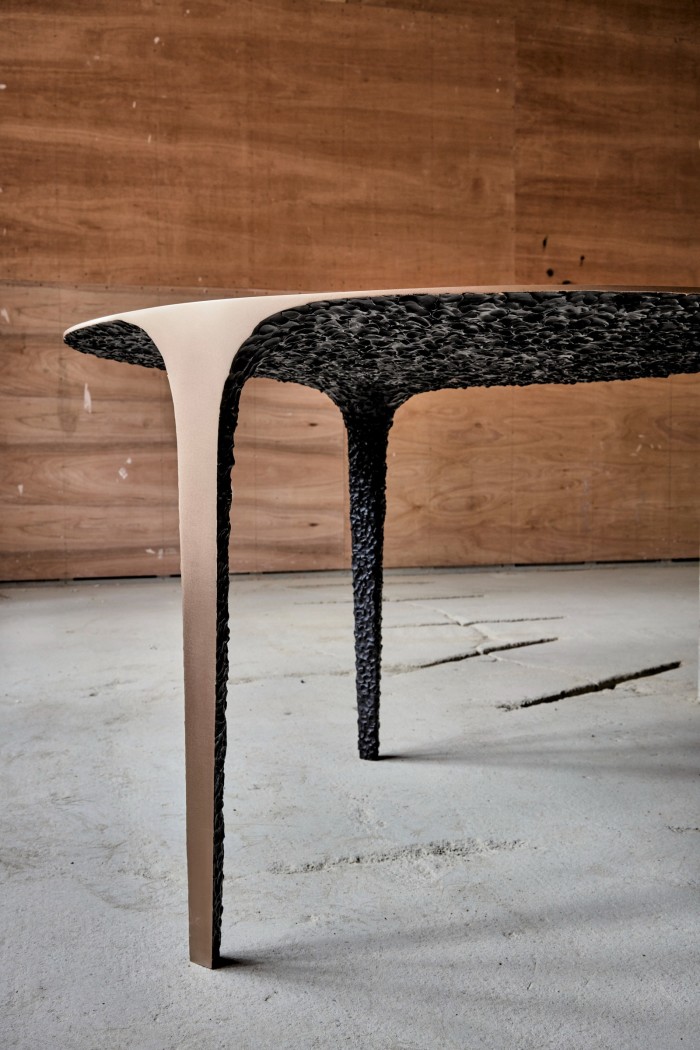
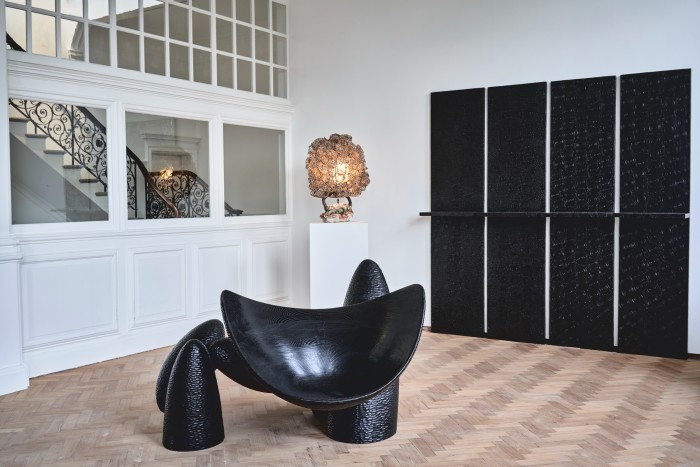
On cue, he leads me on into a space designated as “Lamyland”, French designer and artist Michèle Lamy’s vision for the Hall’s bar-lounge and recording studio: a cool hangout transitioning from day to night. Lamy herself refers to creating a “tech glade” inspired by the history of Kingston, the birthplace of Jamaican ska and reggae. “I’ve also developed a ‘child’ of my Les Deux Café [her LA restaurant], all organic à la Chez Panisse, and there will be music, lots of music,” she says.
Le Gaillard’s mystery tour picks up pace as he disappears through a tarpaulin-covered doorway and emerges outside into the sunlight. I am taken aback by excavations plunging deep into the earth at the back of the building – preparations for what in part will become Belgian architect Nicolas Schuybroek’s wine cellar and subterranean gallery: a dark and atmospheric cavern that will feel almost secretive, turning the viewing experience into theatre and subverting the conventional white box concept of a gallery.
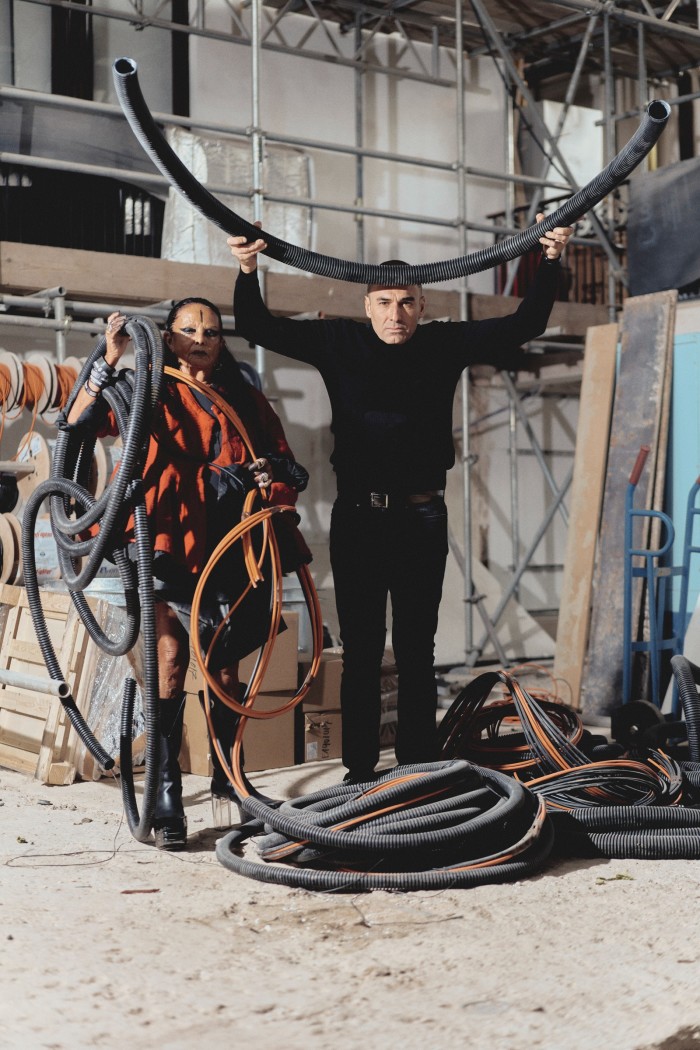
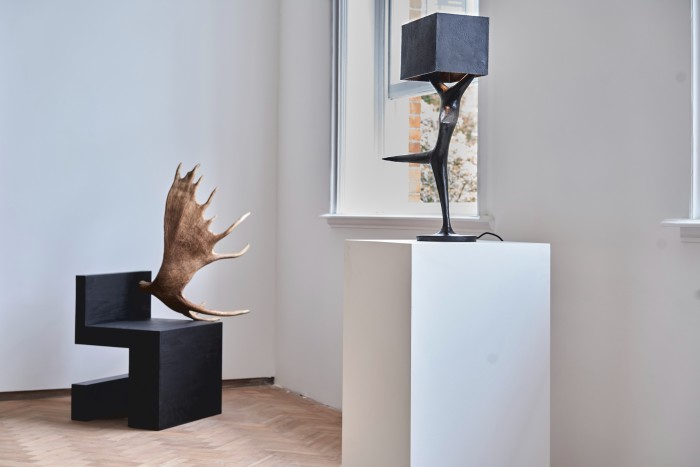
From here we survey an oasis, what will become a garden kitchen and a reception for the photographic studio; the verdant landscaping is a form of creative expression by the London-based garden designer Luciano Giubbilei. “He won the Chelsea Flower Show 2014 but he’s a real artist, gardening is an artform,” Le Gaillard says at a hundred miles an hour. “He’s created a snake of greenery at the front of the building that is just magical – it bursts into bloom twice a year.”
Le Gaillard is eager to show me inside the Carpenters Workshop galleries, where on the first floor, “our piano nobile’’, other innovators have taken over private rooms: French-Swedish artist Ingrid Donat’s will be a luxurious salon, where the original panelled walls will be complemented by parchment, and the room swathed with handstitched textiles. De Cotiis’s dramatic dining room, meanwhile, is occupied in part by his recycled fibreglass En Plein Air furniture and lighting. “The space resonates from soft, bright details and linear dark forms that remind of urban imagery,” he says of his concept.
For Le Gaillard these spaces are a statement of intent. “We want to use the language of a foundation or a museum; moving away from the idea of being a gallery,” he says. “I want everybody to feel they can come in and educate themselves about design. We want diversity, not only in the artists that we work with but the people that visit us, whether that’s a local school or someone from fashion, the arts or design. We’ve been very successful as a business and now want to give back. We’re seeding things here – we’re not sure what, but we know something beautiful will grow.”
Among the artworks that will be on display at Ladbroke Hall when it opens to the public will be important works by Rick Owens, Maarten Baas, Niko Koronis, Studio Drift and Atelier Van Lieshout, and among the new shows planned for next year is a solo exhibition by London-based multidisciplinary artist Yinka Ilori. “It will chart my journey as a designer looking at transitions, new influences and ways of storytelling,” he hints.
This may well whet the appetites of potential patrons of the hub, limited to around 2,000 “like-minded and handpicked” people. “They will help shape conversation on what we do here, and also have privileged access to some of the cultural events and experiences we will be putting together both here and abroad. But everyone will be welcome,” Le Gaillard says, emphasising the gallery’s commitment to its community programme, which aims to provide “impactful opportunities” for young people in the area by nurturing their creativity.
IIori is looking forward to being part of this creative community. “Notting Hill, and particularly Ladbroke Grove, is an area of such high energy,” he smiles. “But there currently isn’t anything like Ladbroke Hall. I’m excited to see how it becomes part of the local culture and legacy.”
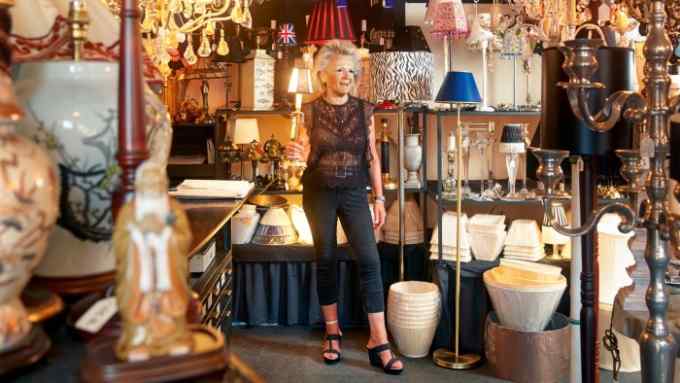
Comments